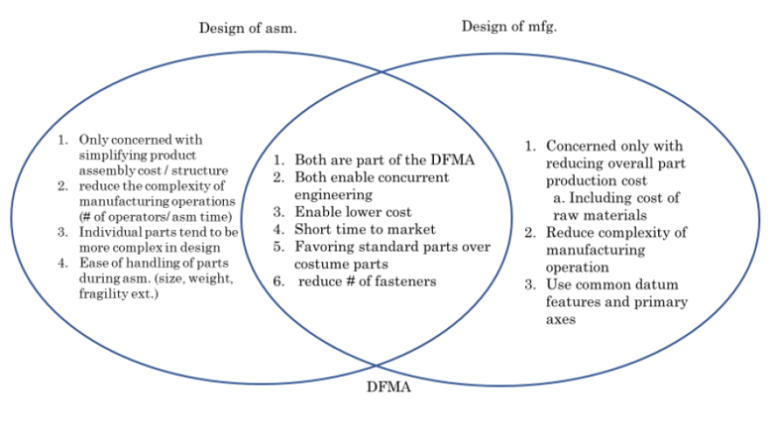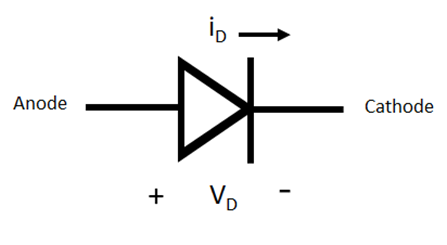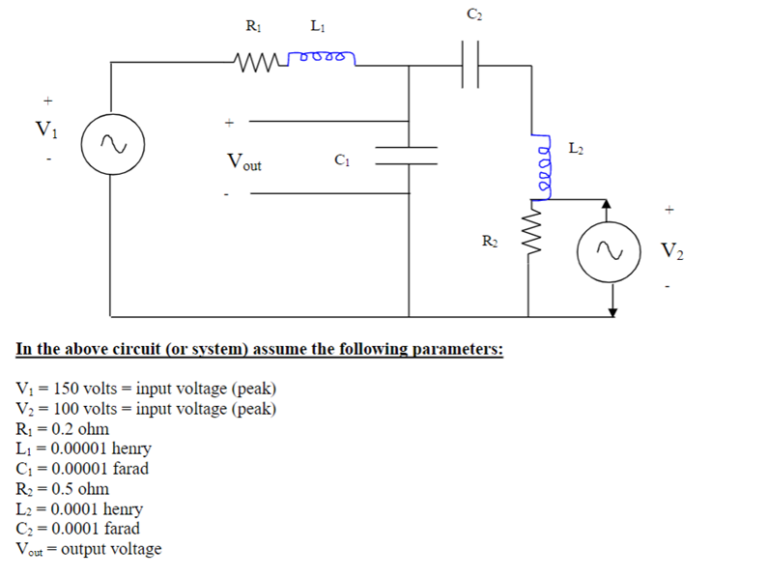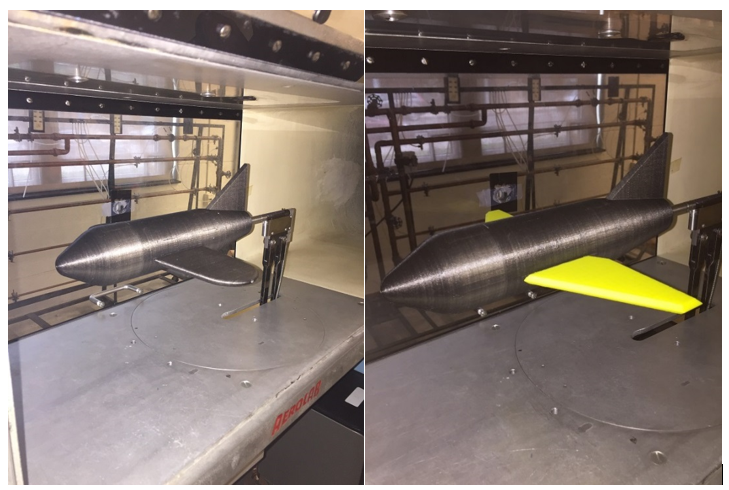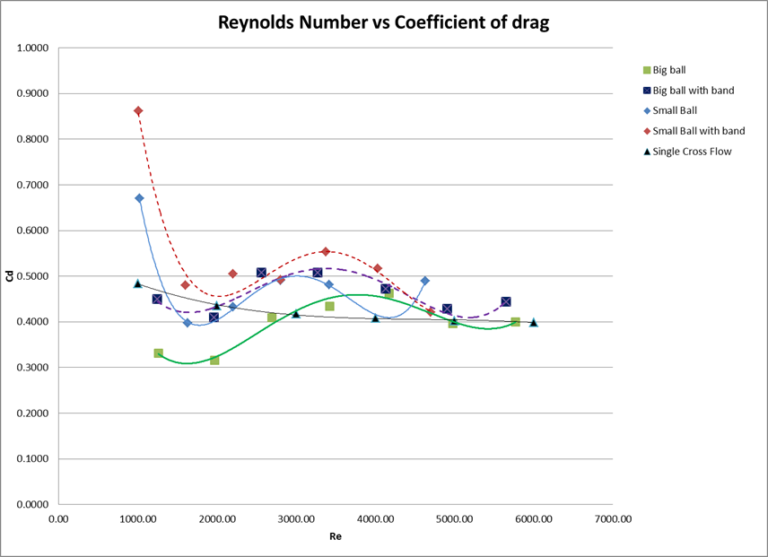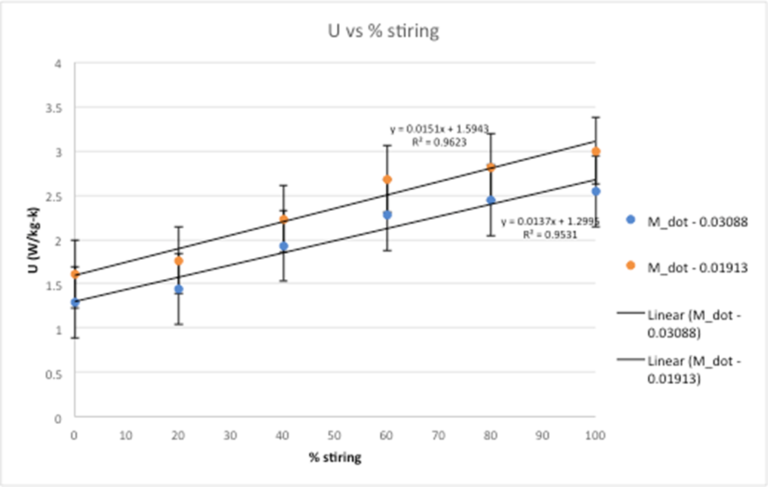Understanding Design for Assembly
Design for assembly (DFA) is a method that involves designing products while considering how easy they will be to assemble. Simplifying the number of parts in a product reduces assembly time, thus lowering assembly costs. Characteristics of Manual Assembly In manual assembly, operations are carried out manually, often using simple tools like screwdrivers or pliers….

